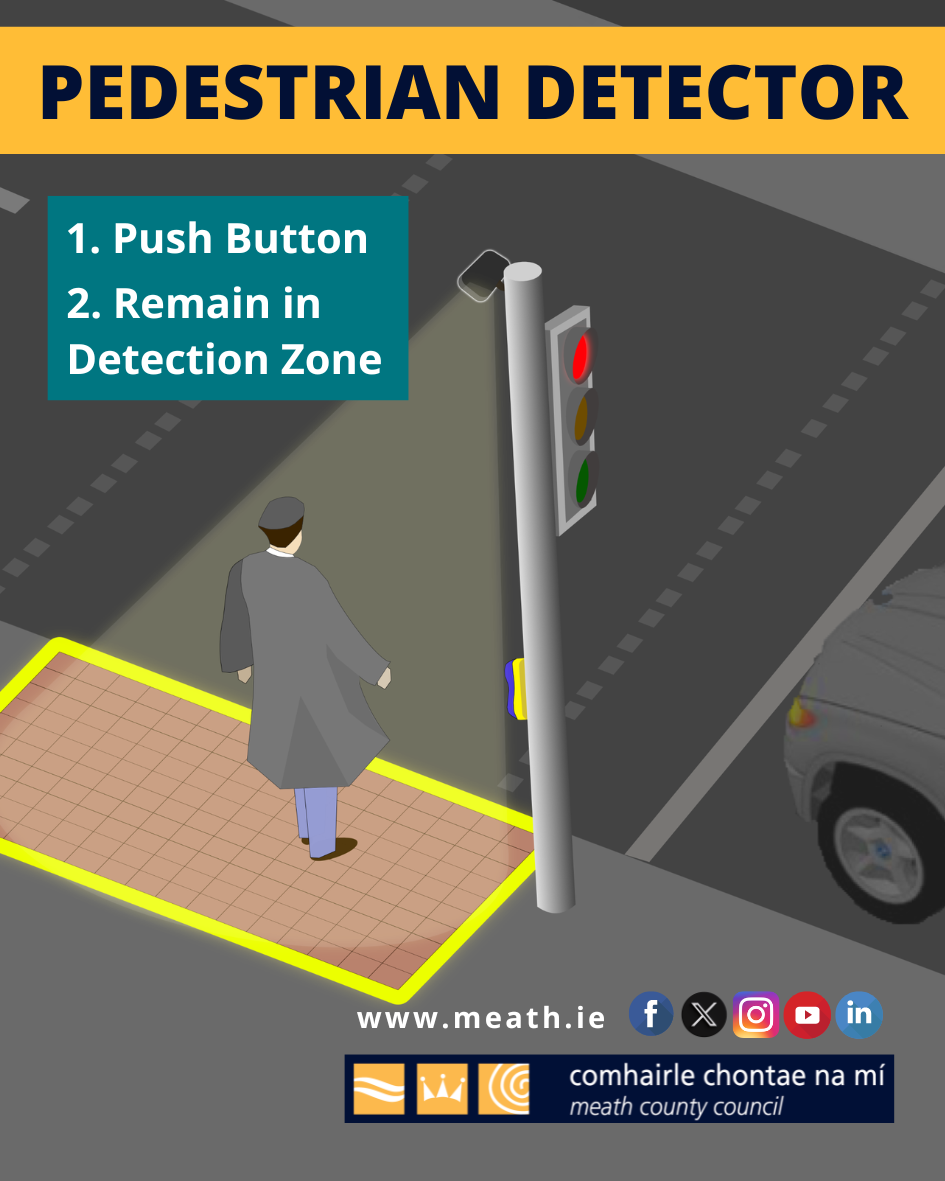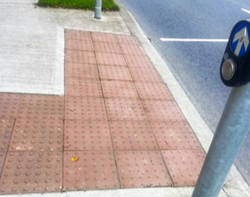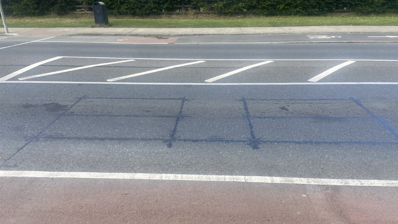Pedestrian Crossing Detector
What Are They?
A pedestrian detector is a sensor that detects that a pedestrian is standing and waiting at the pedestrian crossing after they have pushed the pedestrian crossing button.
This helps the traffic signal controller operate more efficiently by ignoring pedestrian crossing demands after the pedestrian has moved on.

How Do They Work?
After a pedestrian has pushed the push button to call for a pedestrian crossing, the pedestrian detector ensures there is still a demand for a pedestrian crossing; by using a radar to observe whether pedestrians remain in the crossing wait zone.
The wait zone is typically the red blister tactile paving at the pedestrian crossing along the kerb.

The detector is designed to be sensitive to the presence of pedestrians within the detection zone (Active).

If a pedestrian presses the push button and then proceeds to cross the road or moves on before the pedestrian crossing signal, the pedestrian detector tells the traffic signal controller that the pedestrian is no longer there.
This allows the controller to decide to cancel the pedestrian crossing phase of the cycle, allowing the junction to operate more efficiently.








